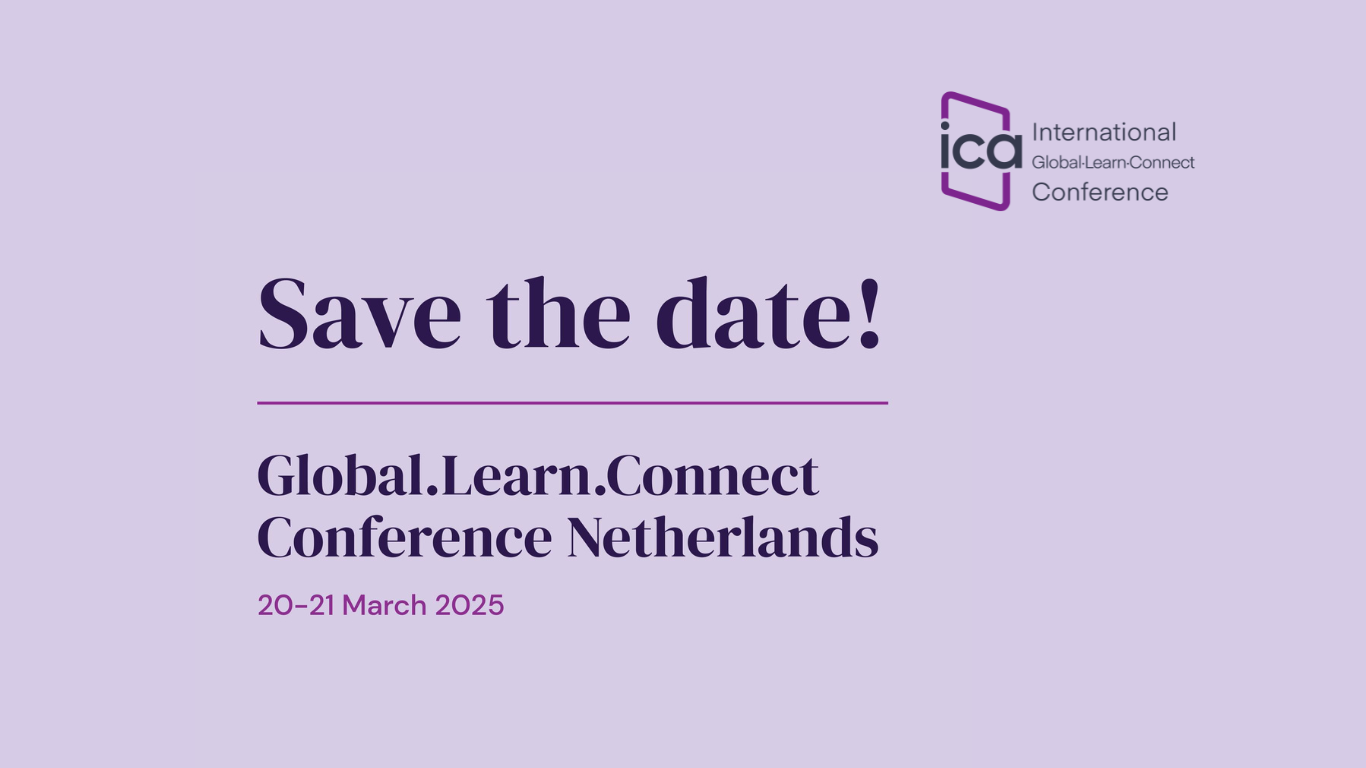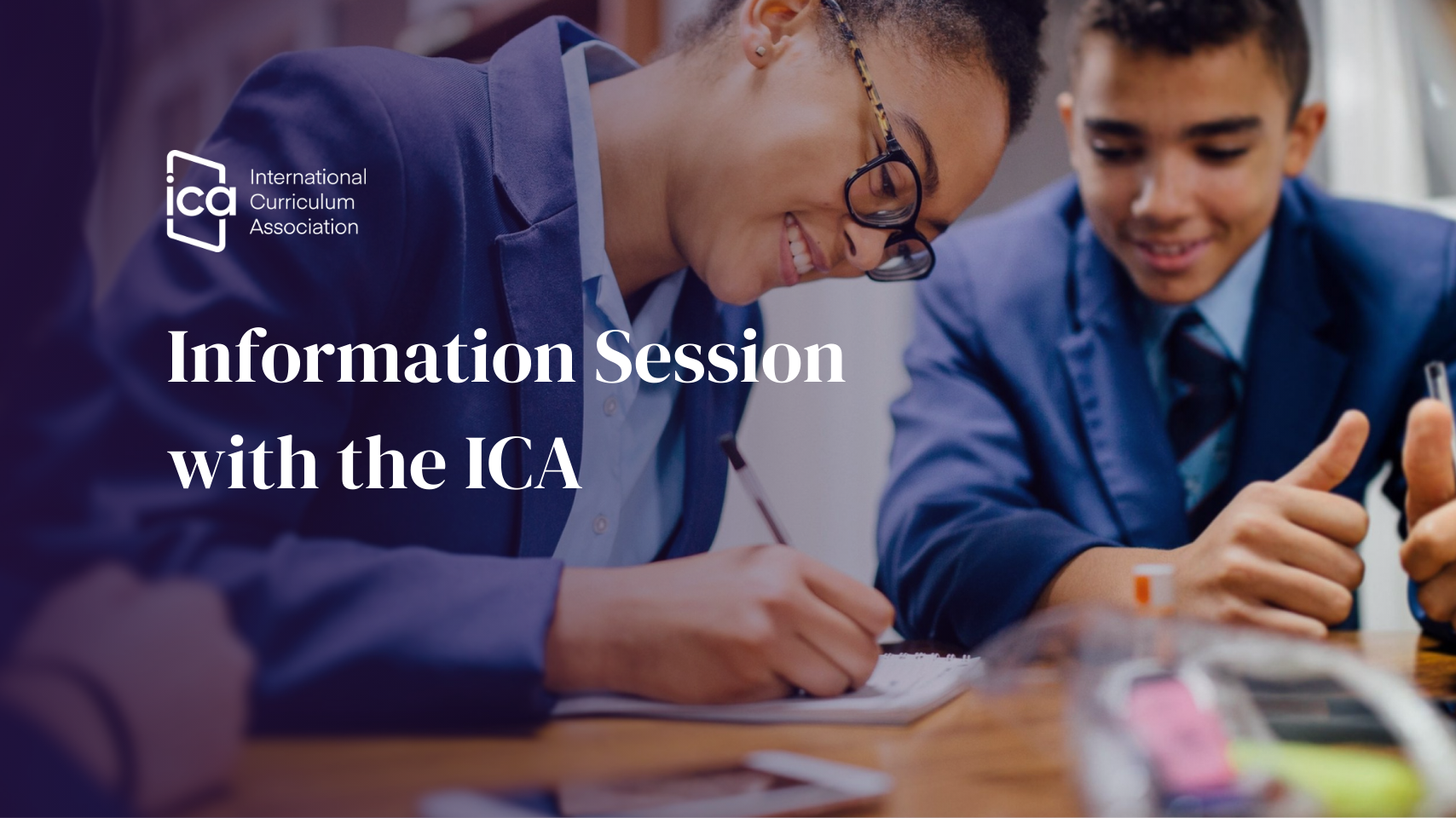Is there anything we can do to create a sustainable society?
The question is often asked by teachers in class and outside of class. A pupil in the fourth grade at the time suggested
"How about supporting those in need by selling the vegetables we grow and donating?”
We were surprised by the sudden proposal.
How could our school make the student's idea into something tangible?
Our school has a field on the school site, and the younger pupils help with planting seedlings and harvesting the crops as part of their classes. The school also uses the field for food education by cooking and eating freshly harvested vegetables immediately after harvest. The field activities are already being used for education, but we thought that starting a ’sales project’ for the upper grades would allow us to reevaluate the educational value of school facilities and focus on international goals.
First, we considered whether the project was sustainable in our school. We considered the goals again and the process of the sales project. It captured the 5W (who, what, when, where and why) and 1H (How). By organizing and capturing the process below, we were able to clarify what could be done and also found issues.
Harvest | Packing | Selling at shop | |
Who | Field Staff | Which grades? | Request a driver Which grades? |
What | Seasonal vegetable | Choose good looking vegetables | If cannot all sell |
When | Negotiate with field staff and management | Be packed immediately after harvest | Morning is better because many customers come |
Where | Field | Outside near water tap | Nearby direct sales store |
Why | To make money for donation | How to pack? What we need? | Talk to customers and sell |
How | Ask field staff | Wash and clean | How to decide the selling price |
Next, we needed to discuss what to do with the money from the sales. It took some time to discuss the various proposals, which included donating the entire amount to UNICEF, the idea that a portion of the proceeds should be used for expenses incurred, and the idea that the proceeds should be returned to our own labor as well. Ultimately, it was decided that 60% of the proceeds would be donated to UNICEF.
After these preparatory periods, we found out the educational value of the program and decided to continue it. The upper grades were to engage in a sales project once a week. A few months ago, a donation ceremony was held and a UNICEF workshop was held. The project turned out to involve a lot of learning related to subjects and cross-curricular learning. These include how production and sales work, the flow of money, and in math, how to calculate percentages. The students were able to think and act on what they could do as a team through communication, and they were also able to think and act on what they could do, to help people in need.
Global competency is a difficult concept for students, but we believe that they will be able to understand it by thinking about what they can do and continuing to work on it.
The International Primary Curriculum

.png)
